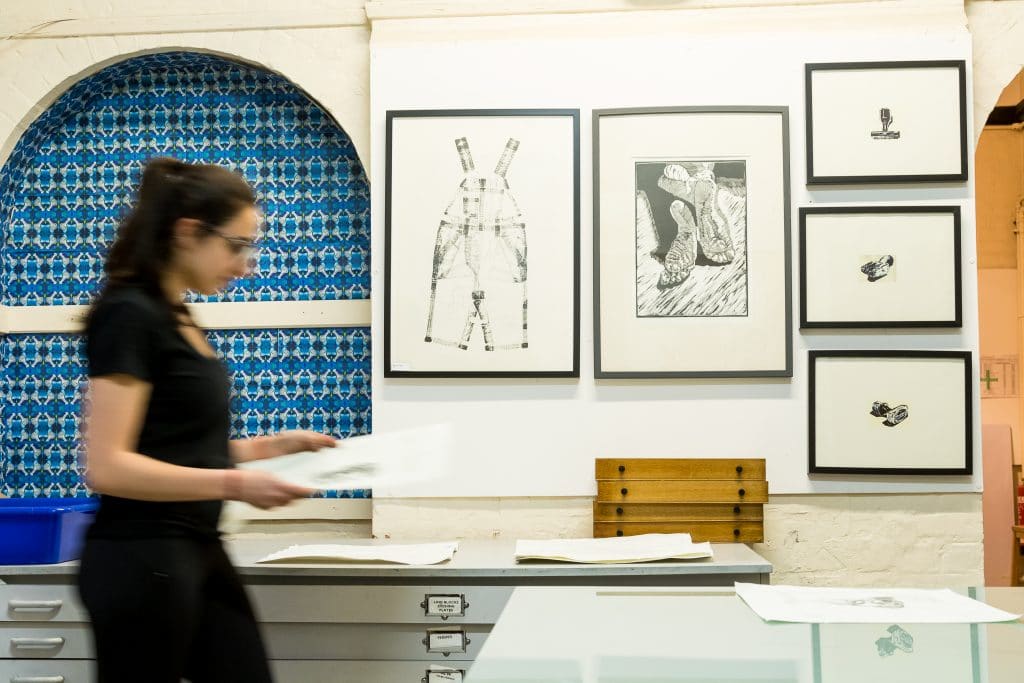Art is a desirable and obvious option for pupils wishing to pursue ‘traditional’ creative careers, such as Fine Art related courses, Architecture or Design, as well as roles for the digital age including web designers, graphic designers, video producers, animation artists and game designers.
Art enhances fine motor skills, hand-eye coordination, problem solving skills, lateral thinking, complex analysis and critical thinking skills. No matter what career you choose, those who can arrange, present and display material in a way that is aesthetically pleasing have an advantage.
ART AND PHOTOGRAPHY COMMEMORATION EXHIBITION 2023
In Design, we are problem solvers, looking to produce the next best thing to take the world by storm. Ultimately though, products need to be bought and so not only need to function well, but to look attractive too.
Art
The Art Schools are open each afternoon, (except Sunday) and a number of evenings. For Art pupils it is a place and time for completion of prep and/or extension to current projects. More ambitious and more individual work can be undertaken during these times.
Art seems like a break in the day. It allows you to express yourself and study topics of your own choice in materials you most enjoy. It seems like a subject that is as much pupil led as possible.
Current pupil
If you are not an Art pupil then it is an opportunity to try something new, to broaden experiences in a range of disciplines. We offer Textiles; Sculpture, including Ceramics; Photography; Printmaking; Painting and Drawing. There will always be a member of the Art staff to welcome you and guide you through what you need to know.
Design
Within the course, pupils will learn how to analyse products by experimenting with materials and processes to take this understanding into their own design work.
The department has a wide range of materials available and machines, tools and equipment to which pupils have access. This ranges from traditional materials such as wood, plastic and metal, but also modern smart materials. Manufacture also uses traditional techniques but combines these with innovative technologies such as prototyping, 3D printing and laser cutting.
Studying Design at A Level offers a challenging, but supportive, environment where excellence and enterprise make up the core of the curriculum. By the end of the course A Level Design pupils will have used a wide range of equipment and machinery, gained experience of using materials such as woods, metals, plastics and modelling materials, and produced two final projects, with a portfolio alongside.
The Design course develops a methodical approach to problem solving that is widely appreciated by employers and can lead into university courses such as Engineering; Product Design; Industrial Design; Architecture; Interior design; Branding and Marketing and Graphic Design.




